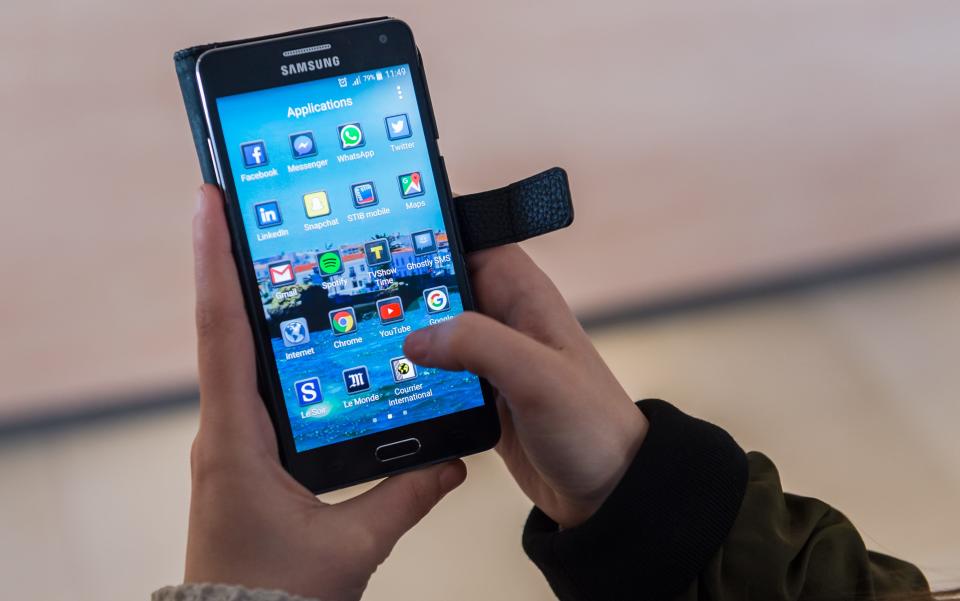Why you should never use an unlock pattern to protect your Android phone

Android unlock patterns are easy to copy and less secure than fingerprint scanners and passcodes, research has revealed.
Bystanders with little technical expertise can copy the swipe combinations used to secure Android smartphones from distances of almost two metres, according to a study that compared the different unlocking systems.
The study found that numbered passcodes, which are used on the iPhone and optional on Android phones, are far more secure.
Researchers at the US Naval Academy and the University of Maryland Baltimore County found "shoulder surfing" onlookers could easily guess security patterns by watching a victim unlock their phone.

They asked 1,173 people to watch a series of videos of people unlocking their devices and then repeat what they saw.
Almost two in three people who participated in the study were able to reproduce the patterns of six points on a three-by-three grid, often used on Android phones, by watching from a distance of between 1.5 and 1.8 metres.

Guessing six-number passcodes made up of a string of numbers, which are used on iOS devices, proved significantly more difficult. Just one in 10 were able to recreate the codes needed to unlock a device.
"PINs are the most secure [against] shoulder surfing attacks, and while both types of pattern input are poor, patterns without lines provide greater security," said the researchers. "The length of the input also has an impact; longer authentication is more secure."
While 60 per cent of people could copy a pattern after seeing it once, and 80 per cent after seeing it twice, for six-digit pins this success rate dropped to 11 per cent after one watch and 27 per cent after two.
This is in part because patterns are more memorable, and because the shape is easier to spy on compared with typed numbers, according to the researchers.
Android users can opt to secure their phone with a password or passcode by going to Settings > Lock screen and security. The safest way, though, is to use the device's fingerprint scanner.
Smartphone manufacturers including Apple and Samsung have introduced facial recognition unlocking on their latest devices, which lets users unlock their devices by looking at them.


 Yahoo Finance
Yahoo Finance 